The Essence of Luxury
Defining Luxury: Beyond Materialism
Luxury is more than mere material wealth; it embodies a state of being characterized by exceptional comfort, refinement, and exclusivity. A nuanced understanding of luxury transcends shiny products or high price tags; it resides in the experiences and emotions these luxuries evoke. According to the Luxury definition, it can encompass everything from opulent lifestyles to rare or exquisite items that inspire desire.
To explore luxury deeply, one must acknowledge its subjective nature. For some, luxury may equate to owning a vintage watch or a designer handbag, while for others, it could represent a serene getaway to a secluded beach or indulging in a fine culinary experience. This subjectivity is the essence of luxury; it’s a personal journey anchored in one’s preferences, aspirations, and often, their cultural background.
The Economic Value of Luxury Goods
The economic implications of luxury can be profound, particularly regarding consumer behavior and market dynamics. Luxury goods are typically categorized as elastic goods — their demand increases disproportionately as the income of consumers rises. In other words, as individuals experience greater financial freedom, their expenditure on luxury goods tends to amplify. This is known as the Veblen effect, where higher prices of goods enhance their desirability, creating a paradox where exclusivity becomes associated with wealth and status.
In the global economy, the luxury market has showcased remarkable resilience. According to reports from market research firms, the luxury sector has been expanding consistently, with projections indicating a steady growth rate over the coming years, even amid economic fluctuations. The rise of affluent demographics, especially in emerging economies, plays a significant role in driving demand.
Luxury vs. Necessity: Key Differences
One of the critical distinctions in understanding luxury is contrasting it with necessities. Necessities are fundamental needs for survival and basic comfort, such as food, clothing, and shelter, which are often prioritized in consumer spending. Conversely, luxury goods represent indulgence a consumer aspires to acquire without them being critical for everyday living.
Recognizing this difference becomes vital for businesses operating in the luxury sector. Marketing strategies that promote products should highlight this distinction, showcasing not only the intrinsic quality of the items but also the lifestyle and status that accompany ownership. This dual approach ensures that luxury brands resonate with their target audience on both emotional and rational levels.
Categories of Luxury Items
Luxury Fashion: Trends and Influencers
The luxury fashion industry often operates at the intersection of innovation and timeless elegance. Prestige fashion houses, such as Chanel, Gucci, and Louis Vuitton, set trends not just through the items they produce but by establishing an aura around their brands that influences consumer behavior.
Fashion influencers play a pivotal role in this ecosystem. Their ability to sway public perception and create desire around luxury products can often make or break a line’s success. The rise of social media has transformed how luxury brands connect with consumers, allowing for real-time engagement and immediate feedback. For example, digital influencers are often seen showcasing their high-end loungewear during a casual day at home, subtly aligning luxury with everyday life and increasing its aspirational value.
High-End Beauty Products and Services
The beauty industry represents another significant category within luxury. High-end beauty products, from skincare serums to luxurious fragrances, often come with price tags that reflect their perceived quality and exclusivity. Brands like La Mer or Tom Ford have established themselves in this space by positioning their products as essential luxuries, combining high-quality ingredients with sophisticated branding.
Moreover, beauty services, including spa retreats and personalized skincare solutions, echo the luxury ethos. The experience surrounding beauty services—such as a calming atmosphere, knowledgeable staff, and personalized attention—creates a holistic offering that goes beyond just the results. Luxury beauty becomes about the complete experience, from sight to scent, making it a vital expression of one’s lifestyle.
Luxury Vehicles: Comfort and Performance
Luxury automobiles represent a pinnacle of comfort, engineering, and innovative technology. Brands like Rolls Royce, Bentley, and Tesla have positioned themselves not only as creators of vehicles but as manufacturers of lifestyle. Buyers of luxury cars aren’t merely purchasing transportation; they’re investing in a symbol of status, personal achievement, and a commitment to excellence in performance and design.
The interplay between luxury and technology is increasingly evident, as brands integrate advanced features such as autonomous driving and AI-optimized performance into their offerings. The synergy of comfort and high performance creates a driving experience that is both exhilarating and indulgent, thus elevating the ownership experience to another level.
The Impact of Luxury Branding
Brand Identity and Luxury Appeal
At the heart of luxury lies branding, which defines how a brand communicates its value to consumers. Effective luxury branding goes beyond logos and visual identity; it encapsulates storytelling that evokes emotion and connects with consumer values. Brands like Hermès have mastered this storytelling, often emphasizing handcrafted quality and traditional techniques in their marketing, thereby associating their goods with heritage and exclusivity.
To successfully build a luxury brand identity, it’s crucial to maintain consistency across all platforms, ensuring that consumers receive a cohesive experience. This entails careful attention to product design, packaging, customer service, and advertising. When effectively executed, a strong luxury brand promotes consumer loyalty and a sense of belonging, driving repeat purchases and encouraging advocacy.
Luxury Marketing Strategies
Luxury marketing strategies often leverage exclusivity and emotional connections to engage high-end consumers. Limited editions, collaborations with renowned designers, or invitation-only events create a narrative that heightens the appeal of the product. For instance, consider the collaborative efforts between high-street brands and luxury labels, such as the collection between H&M and Balmain. Such strategies allow luxury brands to reach a broader audience while maintaining a cache that attracts affluent consumers.
Furthermore, luxury marketing increasingly relies on digital channels, utilizing social media marketing and influencer partnerships to reach potential buyers. The integration of digital strategies in traditional luxury contexts seamlessly bridges both worlds, engaging consumers who prioritize online interaction but still desire the luxurious experience.
Cultural Influence on Luxury Brands
The global landscape of luxury has become largely influenced by cultural forces. A luxury brand must adapt to shifting consumer preferences, local traditions, and regional markets. For example, brands entering Eastern markets, such as China or Japan, often tailor their offerings to fit local tastes and preferences, emphasizing aspects such as craftsmanship or traditional craftsmanship.
Cultural sensitivity and market knowledge can provide luxury brands with a competitive advantage, ensuring they resonate with diverse demographics. This adaptability allows luxury brands to expand their audience while preserving the distinct attributes that make them aspirational in the first place.
Experiencing Luxury
Luxury Travel: Destinations and Offerings
Luxury travel is designed to provide extraordinary experiences that go beyond standard tourism. Destinations like Bora Bora, the Maldives, and the French Riviera have long been synonymous with lavish travel, offering exquisite hotels, gourmet dining, and personalized services that cater to each guest’s desires. The emphasis here is on creating unique experiences, whether through customized itineraries, exclusive access to private events, or exceptional amenities.
Emerging trends in luxury travel often include a focus on sustainability and responsible tourism. Travelers are increasingly seeking experiences that also consider the local culture and environment, opting for eco-lodges and programs that support local communities. Brands that recognize this shift can capitalize on the desire for both luxury and ethical travel, enhancing their appeal to a new generation of affluent travelers.
Luxury Dining: Trends and Experiences
The luxury dining experience often combines high-quality ingredients with exceptional service and an inviting ambiance. Establishments like Michelin-starred restaurants or celebrity chef pop-ups emphasize the importance of every element—from sourcing farm-fresh produce to the artful presentation of a dish. This holistic approach to dining translates into high consumer demand and loyalty.
In recent years, there’s been a significant rise in experiential dining, where the meal itself becomes part of a broader experience—think themed dinners or culinary journeys tailored to specific tastes. This trend caters to affluent consumers who prioritize not just eating but savoring unique moments and creating lasting memories.
Indulgence in Luxury Lifestyle Choices
The concept of a luxury lifestyle embraces various choices that enhance personal well-being and comfort, from interior design to wellness practices. Home environments that reflect a luxury aesthetic are typically characterized by high-quality materials, bespoke furnishings, and attention to detail.
Similarly, wellness plays a crucial role in luxury living, with consumers increasingly investing in health-driven products and services, be it private fitness trainers, wellness retreats, or high-end spa memberships. These lifestyle choices mirror a broader understanding of luxury—it’s about enjoying an elevated quality of life that extends beyond tangible possessions.
The Future of Luxury
Sustainability within the Luxury Market
As environmental consciousness becomes more pressing, the luxury market is increasingly focusing on sustainability. Brands are compelled to adopt ethical practices in sourcing materials, reducing environmental impact, and enhancing transparency in their supply chains. Luxury consumers are more informed than ever and seek out brands that align with their values, making sustainability a key driver of future purchasing decisions.
Luxury brands may introduce sustainable capsule collections or utilize recycled materials in their production processes, thus appealing to eco-conscious consumers. For instance, brands like Stella McCartney emphasize biodegradable fabrics and eco-friendly manufacturing, illustrating how luxury can coexist with responsible practices.
The Rise of Digital Luxury Experiences
The digital transformation of luxury has been expedited in recent years, particularly due to global events that altered traditional shopping methods. Virtual reality (VR) and augmented reality (AR) technologies are being adopted to enhance the shopping experience, allowing consumers to visualize products in a more immersive manner.
Luxury brands are also exploring direct-to-consumer models via online channels, effectively capturing a segment of the market that previously favored traditional retail experiences. The evolution of mobile shopping applications, exclusive online events, and personalized digital marketing strategies are essential elements for luxury brands seeking to thrive in a digital-first world.
Consumer Behavior Trends in Luxury Purchases
Observing and understanding consumer behavior trends provides valuable insights for the luxury market. Current consumers prioritize status and authenticity, often leaning towards brands with a compelling narrative rooted in craftsmanship and history. They favor quality over quantity, valuing unique items that reflect personal taste and style.
Furthermore, luxury consumers are increasingly engaged in social commerce, seeking experiences that offer both shopping and community connection. Brands that can provide this integrative experience are likely to build stronger, more enduring relationships with their consumers, paving the way for sustainable success in the luxury market.
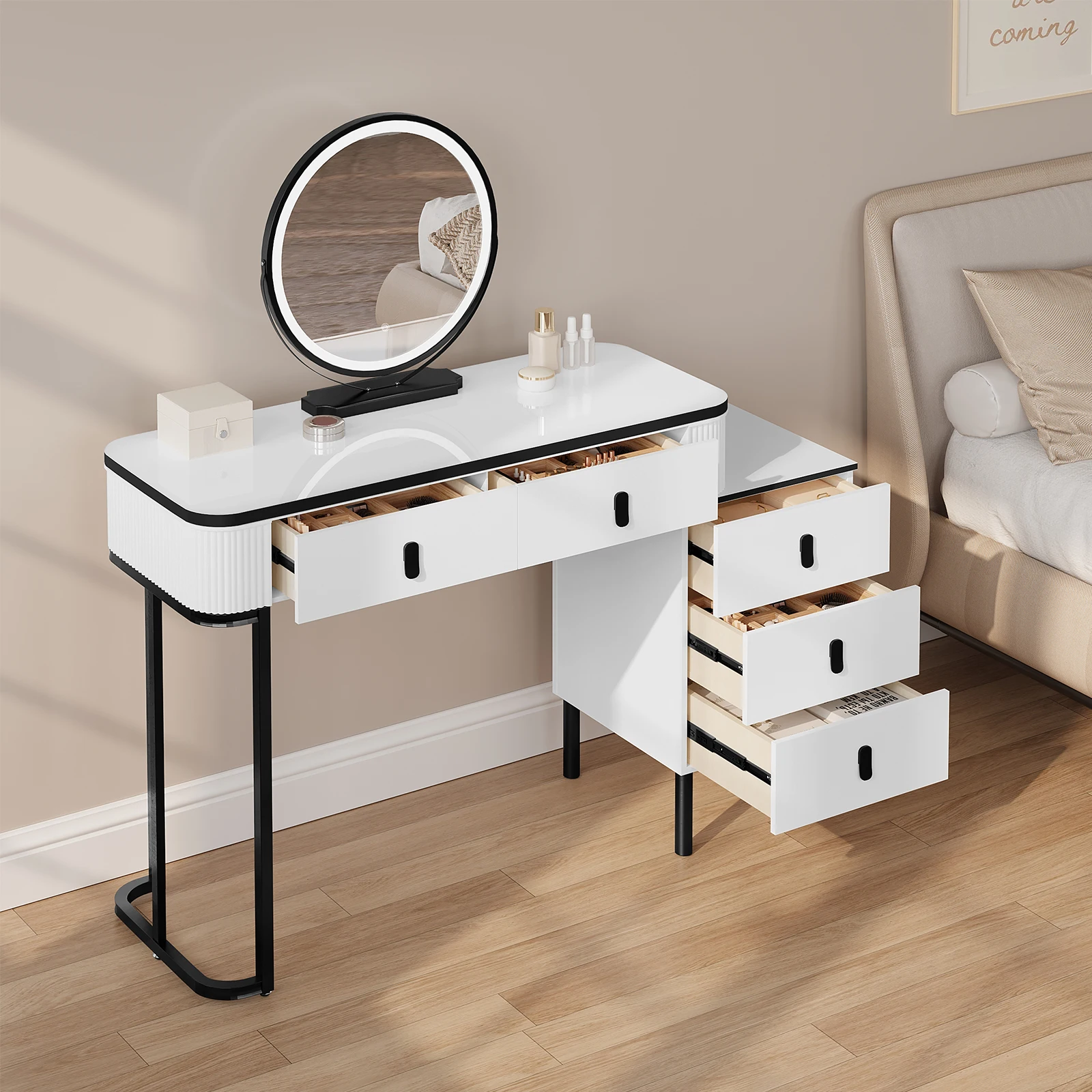




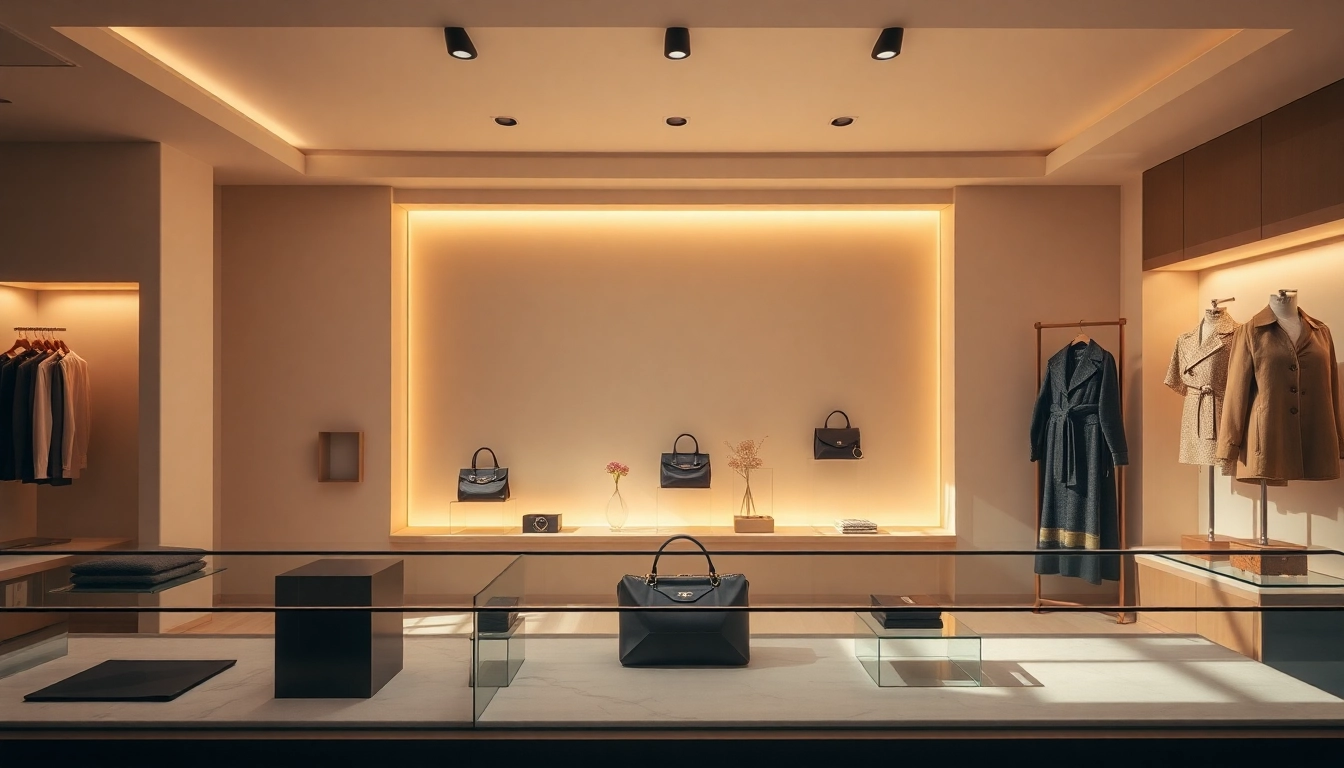

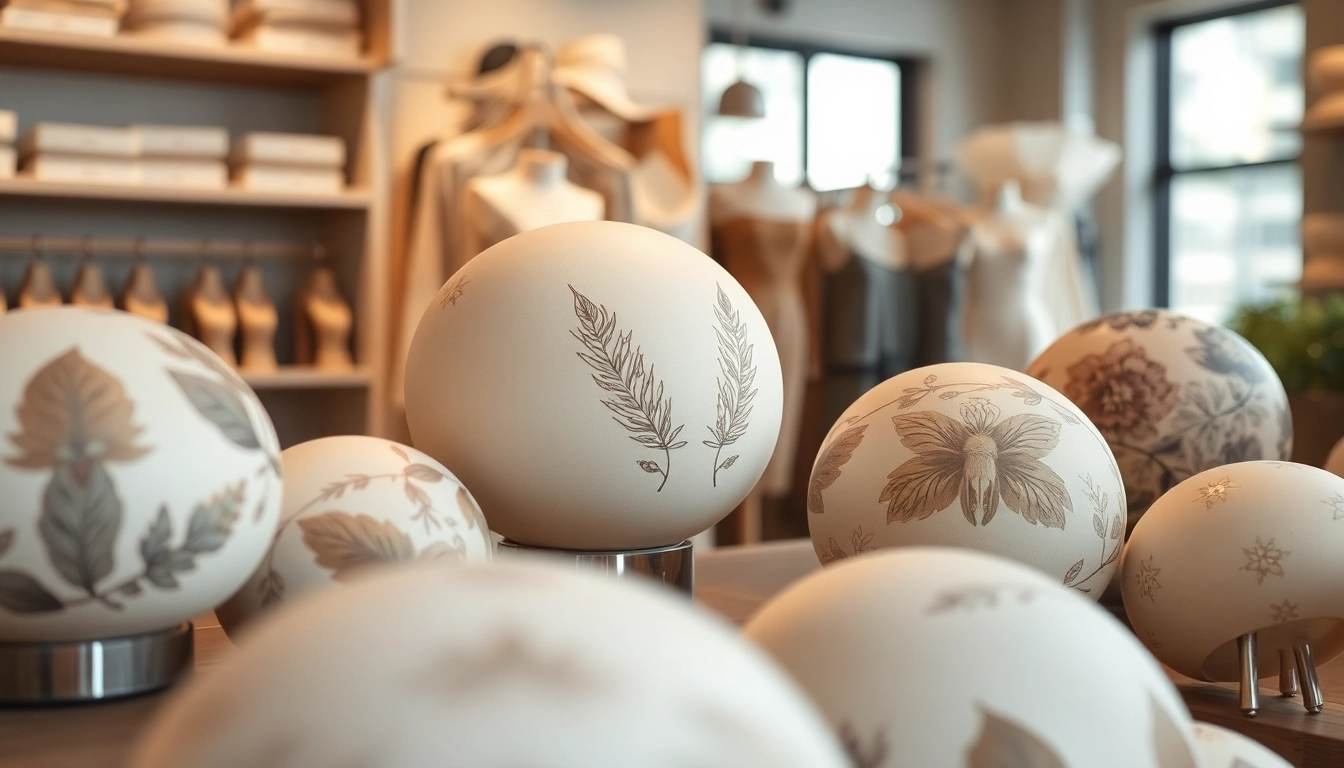
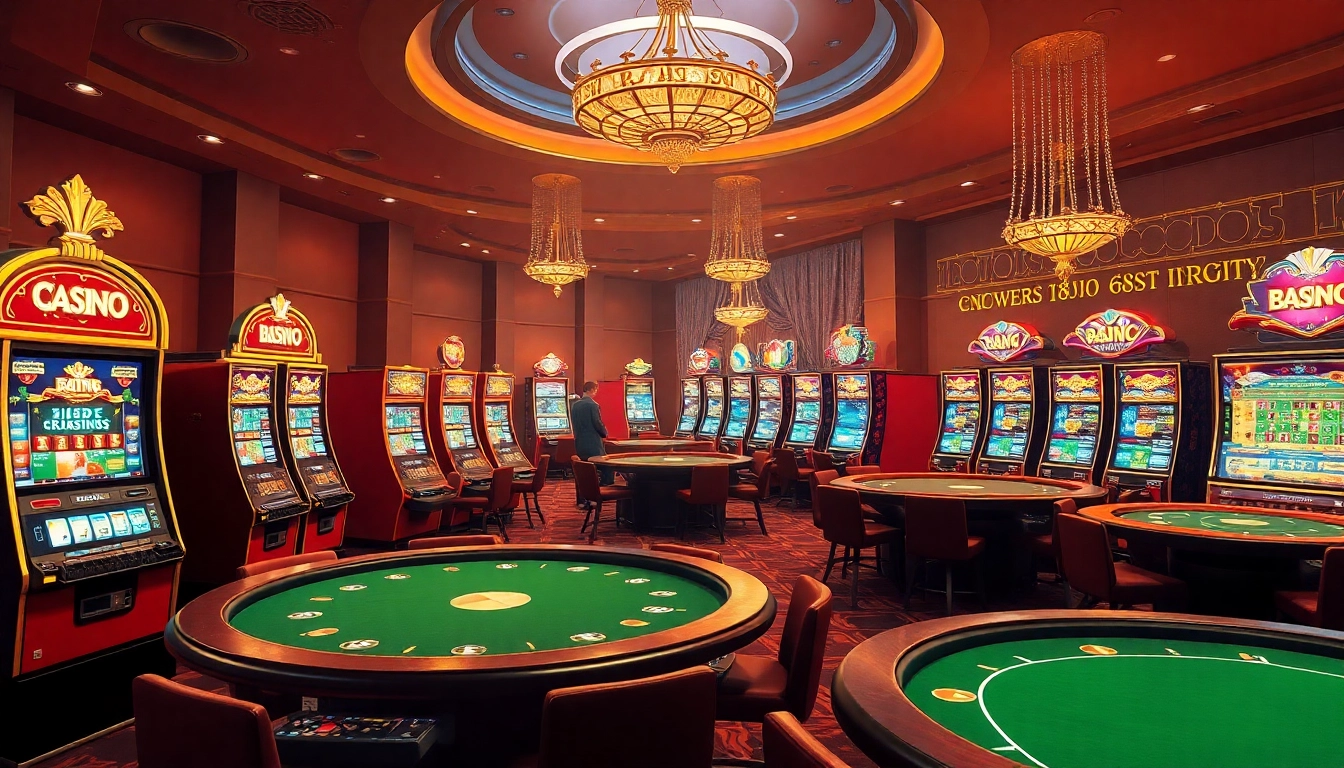


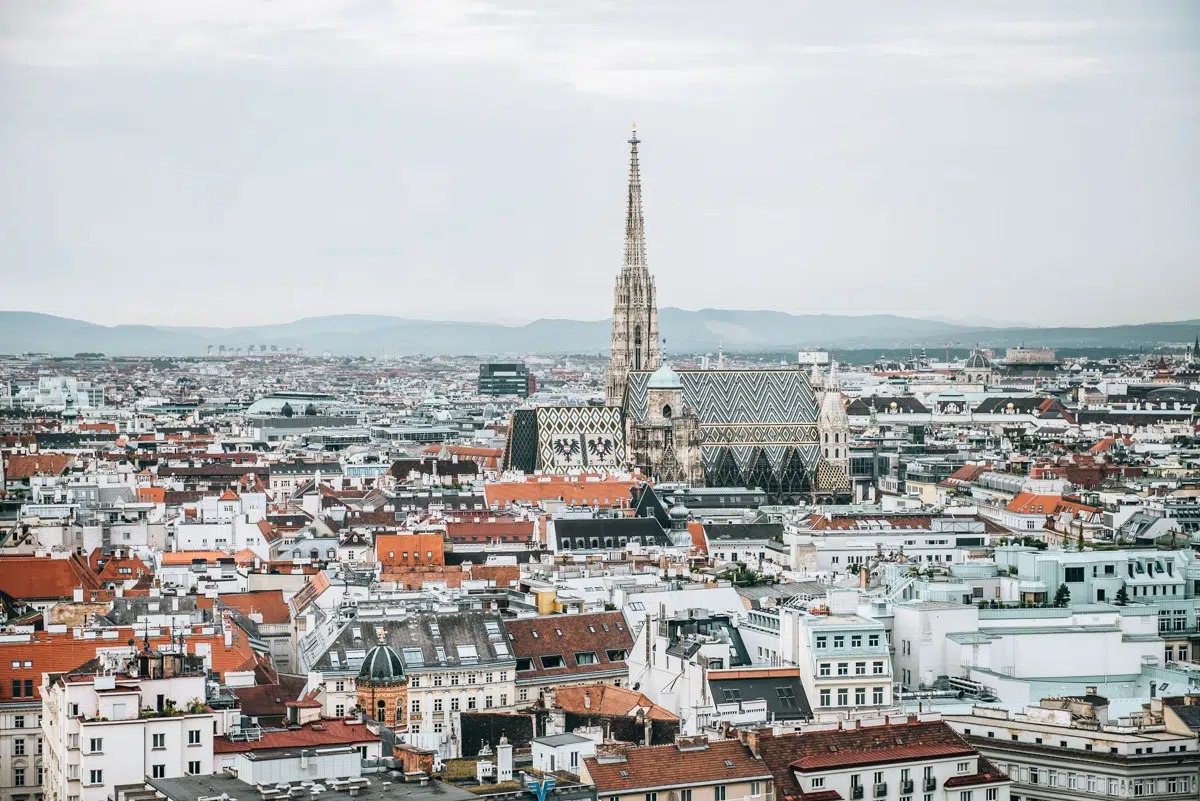
Leave a Reply